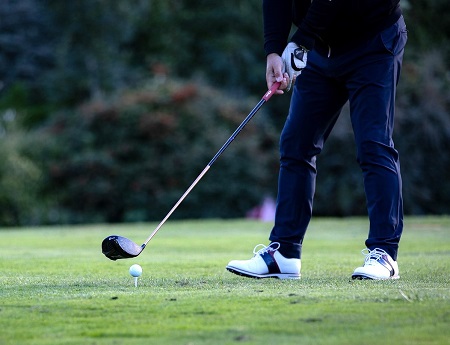How Wrist and Forearm Strength Affects Your Short Game
 Technical skill is not enough to play precision around the greens. Strong wrists and forearms are what help make golf wedges very clean and controlled strokes. Lacking enough endurance in these areas, consistency on approach shots and delicate bunker play becomes much more difficult to maintain.
Technical skill is not enough to play precision around the greens. Strong wrists and forearms are what help make golf wedges very clean and controlled strokes. Lacking enough endurance in these areas, consistency on approach shots and delicate bunker play becomes much more difficult to maintain.
The Link Between Strength and Short-Game Control
Controlled wrist action and forearm endurance determines short game consistency. Using golf wedges, a stable grip and steady clubface will provide repeatable results. Excessive wrist movement is a result of weak muscles in these areas and causes mishits and loss of spin control. It strengthens forearms for shot reliability, touch and accuracy.
Why Wrist Stability Matters in Wedge Play
Forearm control is needed to keep the clubface square at impact. Erratic ball flights come from unstable wrists and well conditioned muscles lead to more precision and touch. Providing better shot shaping ability and increased confidence around the greens, golfers that stress wrist and forearm strength will be more successful.
Controlling Wrist Action for Consistency
With overactive wrists, the unnecessary movement takes place, resulting in inconsistent wedge shots. Stabilizing the clubface with strength training makes finesse shots more predictable. The short game is something that golfers can practice control of through impact.
Generating Spin for Better Ball Control
Contact is precise, and it depends on spin control. Inconsistent loft, and unpredictable back spin are caused by weak forearms. Improving these muscles helps a golfer to direct the trajectory to make the ball react as it should.
Exercises to Strengthen Wrists and Forearms
With targeted training it becomes ever more built up for endurance and stability. It helps with grip strength and prevents fatigue around the high pressure short game situations.
Wrist Curls for Flexibility and Strength
* Rest forearms on a flat surface, palms facing up.
* Use a light dumbbell to perform slow, controlled wrist curls.
* Lower gradually to avoid strain.
Reverse Wrist Curls for Balanced Development
* Hold a lightweight with palms facing downward.
* Lift the weight using only wrist movement.
* Focus on control and slow repetitions.
Grip Training for Better Club Control
* Squeeze a stress ball or grip trainer in short bursts.
* Increase resistance over time to enhance endurance.
* Stronger grip muscles prevent excessive tension during shots.
How Forearm Endurance Improves Bunker Play
Bunker shots require controlled aggression. Hesitation through the sand causes poor contact with weak forearms. Wrist strength makes the wrists stable and confident through impact, accelerating.
Executing a Soft Touch in Greenside Bunkers
* Firm wrists stabilize the clubface through impact.
* Strong forearms allow a relaxed yet controlled follow-through.
* Consistent wrist action prevents digging too deep into the sand.
Strength Training Benefits for Pitching and Chipping
Short-game shots demand finesse. The excessive tension resulting from fatigue in the wrists affects control. Accurate and crisp strikes are made under pressure when forearm muscles are strengthened.
Maintaining Feel on Delicate Shots
* A relaxed grip promotes better touch.
* Strong wrists prevent unnecessary movement.
* Enhanced control allows for smoother strokes.
Forearm Strength and Clubface Control
A steady clubface promotes accuracy. Loft and direction are changed by instability in the wrists and misjudged shots result. This strengthens the muscles and reduces inconsistencies for controlled wedge play.
Developing a Strength Routine for Consistent Results
Strengthening the forearm and wrist enables you to play better with a wedge, better control the ball, and feel more confident in the short game. These areas are developed so golfers can handle finesse shots with more accuracy and precision.